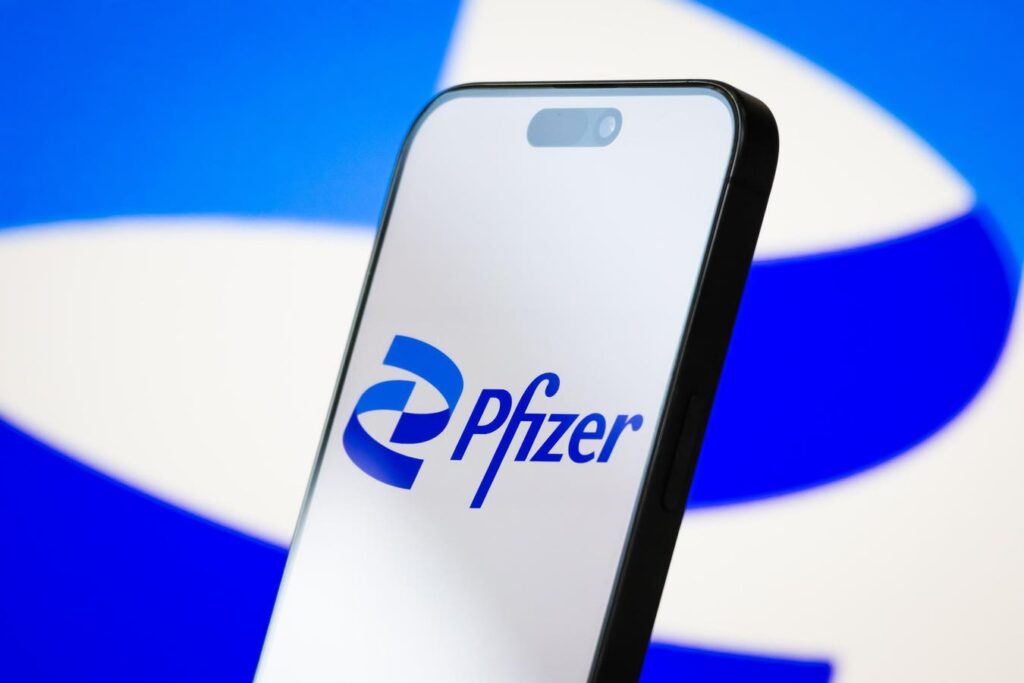Pharmaceutical stocks, including Pfizer (NYSE: PFE), have recently been scrutinized after President Trump’s executive order instructing drug manufacturers to reduce medicine prices to align with what other countries pay. Although the immediate market response was negative, most pharmaceutical stocks recovered after Wall Street analysts emphasized the considerable legal obstacles the order would encounter. The pharmaceutical sector has consistently claimed that premium U.S. prices fund the innovation pipeline leading to breakthrough treatments, and any price controls would directly affect their substantial R&D investments. While pharmaceutical stocks are experiencing fluctuations, investors looking for lower volatility than individual stocks might consider the Trefis High Quality portfolio, which has outperformed the S&P 500 and delivered returns exceeding 91% since its inception.
Pfizer shares are currently trading at about $23, down 13% year-to-date and significantly below their 2021 high of around $60. The company experienced remarkable growth during the COVID-19 pandemic, with annual sales soaring to over $100 billion in 2022 from just $42 billion in 2020, driven by unprecedented demand for its vaccines. However, as the demand for pandemic-related products has decreased, Pfizer’s revenue has shrunk to $63 billion over the past twelve months.
To counteract declining COVID-19 product sales, Pfizer has undertaken an aggressive acquisition strategy, acquiring Seagen, Global Blood Therapeutics, and Biohaven. While the Seagen acquisition has performed well for Pfizer, the company has removed its sickle cell disease treatment–Oxbryta–from approved markets due to risks of painful complications. This setback is particularly troubling since Pfizer invested $5.4 billion to acquire Global Blood Therapeutics, the developer of Oxbryta. Analysts have criticized Pfizer for potentially overpaying for these recent acquisitions. Compounding these issues, Pfizer announced last month that it would cease development of its experimental weight-loss drug, danuglipron, after a trial participant experienced probable drug-induced liver injury.
Despite these challenges, there are encouraging signs suggesting a possible recovery for Pfizer: 2023 likely marks the bottom of Pfizer’s sales downturn, with revenues starting to gradually rise. Non-COVID-19 products are performing well, particularly with market share increases for Vyndaqel. The company has introduced a cost-saving initiative aimed at cutting expenses by $7.7 billion by 2027, demonstrating a commitment to enhancing profitability.
We estimate Pfizer’s valuation to be $32 per share, indicating a solid nearly 40% upside potential. At its current price of $23, Pfizer stock is trading at just 8 times trailing earnings of $2.91 per share. This represents a significant discount compared to the company’s five-year average P/E ratio of 13. While some reduction in valuation multiples may be warranted, given the uncertain long-term revenue growth path after the decline in COVID-19 product sales, the current gap seems excessive.
While Pfizer certainly faces undeniable challenges, these appear largely reflected in the current valuation. The combination of deeply discounted shares, emerging positive trends in non-COVID products, and targeted initiatives to streamline operations suggests that patient investors may find considerable value in PFE shares, even as the company navigates this transitional phase in its business.
While PFE stock appears promising, investing in a single stock carries risks. Conversely, the Trefis High Quality (HQ) Portfolio, comprising 30 stocks, has a history of comfortably outperforming the S&P 500 over the past four years. What accounts for this? As a whole, HQ Portfolio stocks have delivered superior returns with less risk compared to the benchmark index; a less turbulent experience, as shown in HQ Portfolio performance metrics.
Read the full article here















